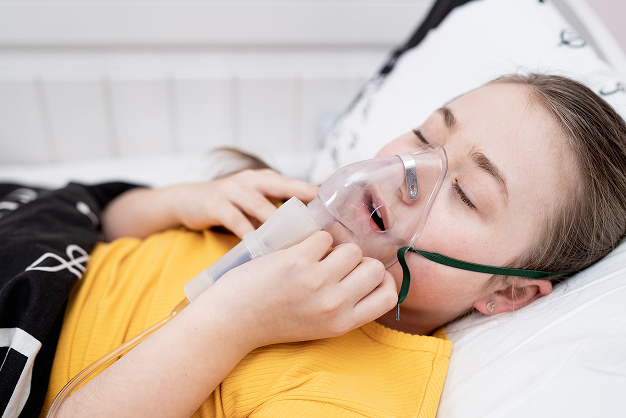Pediatric Obstructive Sleep Apnea
Feb 25

The evolution of history of sleep medicine from the antiquity to modern time is a fascinating reading. Since the dawn of civilization, sleep has fascinated and inspired religious scholars, poets, philosophers, playwrights, artists, historians, and scientists as reflected in numerous mythological, poetic, dramatic, and scientific writings(1)
The earliest description of pediatric OSA is found in a novel by Charles Dickens, The Posthumous Papers of the Pickwick Club, which was published in 1837. Dickens described an obese, red-faced, hypersomnolent boy named Joe. In the medical literature, William Osler gave an extremely accurate description of pediatric OSA in his textbook in 1892. At night the childs sleep is greatly disturbed; the respirations are loud and snorting, and there are sometimes prolonged pauses, followed by deep, noisy inspirations. He also coined the term pickwickian to describe morbidly obese, hypersomnolent patients. In 1956, Spector and Bautista associated pediatric respiratory distress with tonsillitis and adenoiditis. In 1965, both Noonan and Menashe described reversible cor pulmonale in children with adenotonsillar hypertrophy. Guilleminault and colleagues rst described the clinical features of pediatric OSA in 1976.1 Since then, additional case series and cohort studies have drastically increased our knowledge regarding the potential morbidities of SDB and potential therapies, although much is still unknown.
Most common complaint parents bring their child with is stretor sonorous breathing in upper Airway including snoring.They may also complain of episodic arousal, mouth breathing, breath holding spells, dry mouth, excessive salivation enuresis extra during sleep. Daytime complaints related to disturbed sleep are morning headache, hypersomnolence, dry mouth, halitosis and significant behavioral and neurocognitive disorder.
Thorough physical examination is a must which includes height,weight, body habitus,Complete head and neck examination, friedmans tongue position, auscultation of chest for any heart or lung pathology.
in few cases where physical examination alone may not surface radiographic findings like adenoid hypertrophy obstructing nasal choana or lingual tonsils or even fiber-optic evaluation of nasopharynx is useful.
At some Institutions DISE/ cine MRI or cross table lateral fluoroscopy are employed to find the site of obstruction.
Despite all these gold standard for diagnosis of OSA is polysomnography (PSG) as it gives a clear picture of ventilatory abnormality with sleep disordered breathing (SDB) In case of friedmans tongue position 3 and 4 post of PSG and follow-up is mandatory as there is a chance of residual or recurrent OSAHS.
Management is tailored according to etiology. In case of central apnea and less severe cases medical management and pharmacotherapy may suffice especially in neonatal rhinitis allergic rhinitis acute tonsillitis.
In paediatric cases of SRBD due to obesity and neuromuscular impairment also warrants surgical correction because other non surgical interventions like prosthesis, orthodontics and weight loss are often ineffective and not tolerated by paediatric population.
Most common and generally the first line of surgical procedure to relieve nasal and nasopharyngeal obstruction is transoral retro palatal adenoidectomy with tonsillectomy tonsillectomy may be done as traditional dissection and Snare tonsillectomy, carbon dioxide laser partial tonsillectomy, microdebrider assisted intracapsular tonsillectomy, complete electrocautery tonsillectomy.
techniques of adenoidectomy include curettage- with or without endoscope, suction electrocautery ablation, coblation etc.
Postoperative follow up is mandatory and assessment of behavioural issues and enueresis and other aspects of quality of life is looked into.

